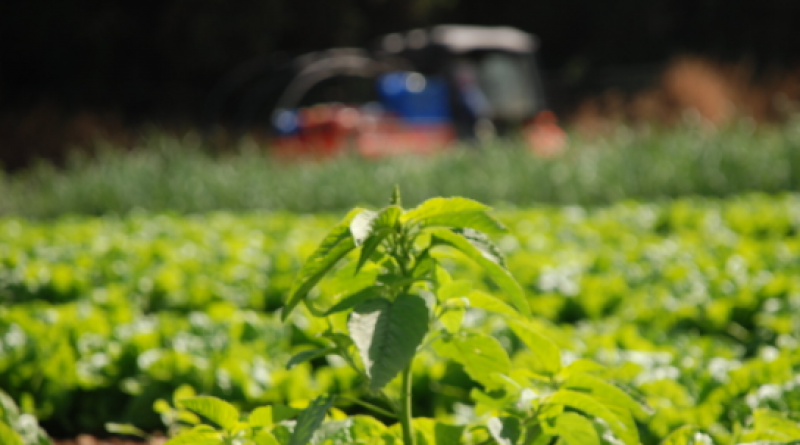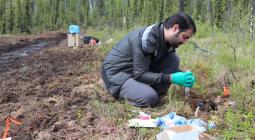Microbes and solar energy could make finally make the food on our plates sustainable

Microbes could produce 10 times more food than plants, researchers find
Population growth and changes in the world’s dietary patterns are placing more and more stress on the environment. This means have to find new ways to feed the world without destroying the environment — and we have to do so sooner rather than later. For a team of researchers, a possible solution lies in microbial biomass cultivated to yield protein-rich feed and food supplements.
It’s the future — so where’s our futuristic food tech?
The researchers’ idea is to use electricity from solar panels and carbon dioxide from the air to create fuel for microbes. The microbes are then grown in bioreactor vats and processed into dry protein powders. The process is highly efficient in terms of land, water, and fertilizers and can be used anywhere, no matter soil and weather conditions. You basically get a lot of nutrients for little land and energy.
While the technology to make it happen is already available, there’s been debate about how it would compare to conventional farming in terms of yields and land use. So a group of German researchers led by Dorian Leger from the Max Planck Institute have carried out the most detailed analysis so far. Largely based on empirical data their analysis shows the approach is viable.
“This could have very beneficial impacts on the environment. If you have 10 square kilometers of soya bean fields in the Amazon, hypothetically you could make that 1 square kilometer of solar panels and reforest the other nine,” Leger told New Scientist, suggesting food production could be moved to areas that aren’t biodiversity hotspots.
The food challenge
Food security is a critical issue for humanity. The combined effect of population growth and increasing consumption of animal-based products are projected to cause a surge in demand for food, which is expected to make feeding the world increasingly difficult. Moreover, the impacts of climate change pose another threat to future food security.
Addressing food security requires society-wide changes and innovations in the food system that go beyond conventional agriculture. For researchers, producing nutrient-rich foods derived from microbial biomass can address this without increasing pressure on the environment, as it uses water and nitrogen more efficiently than plants.
“We think microbial foods are very promising and will be one of the major contributors to solving the potential food crisis. It might pick up quite quickly on the consumer side, but it’s hard to say. But I do some exercise, and if I was offered a bacterial protein shake now, I would have it,” Leger told The Guardian.
Companies are already producing microbial biomass derived from algae, fungi, or bacteria at commercial scale destined for animal or human consumption. The feedstock used to cultivate the microbes is typically agriculturally derived glucose or fossil-derived methane and methanol. Yet, there could be a more sustainable option with solar energy.
In the study, the researchers calculated the efficiency of microbial biomass, including capturing CO2 from the air and processing the microbes into food that people could eat. They found the microbial system used just 1% of the water needed by the crops and a small fraction of the fertilizer (most of which is wasted when used in fields).
They estimated that the solar-microbial process could produce 15 tones of protein from each hectare a year, enough to feed 520 people. In comparison, a hectare of soya beans could produce 1.1 tones of protein, feeding 40 people. Microbial protein would cost about the same as current proteins eaten by people but it was more expensive than current animal feeds.
“It provides a compelling alternative for the sustainable supply of nutrients, which can rival and outperform contemporary agriculture in many aspects,” the researchers wrote. “It can help close the approaching ‘protein gap’ while while curtailing further agricultural land expansion, thus safeguarding biodiversity and the carbon sink potential of forests and grasslands.”
23 June 2021
ZME




